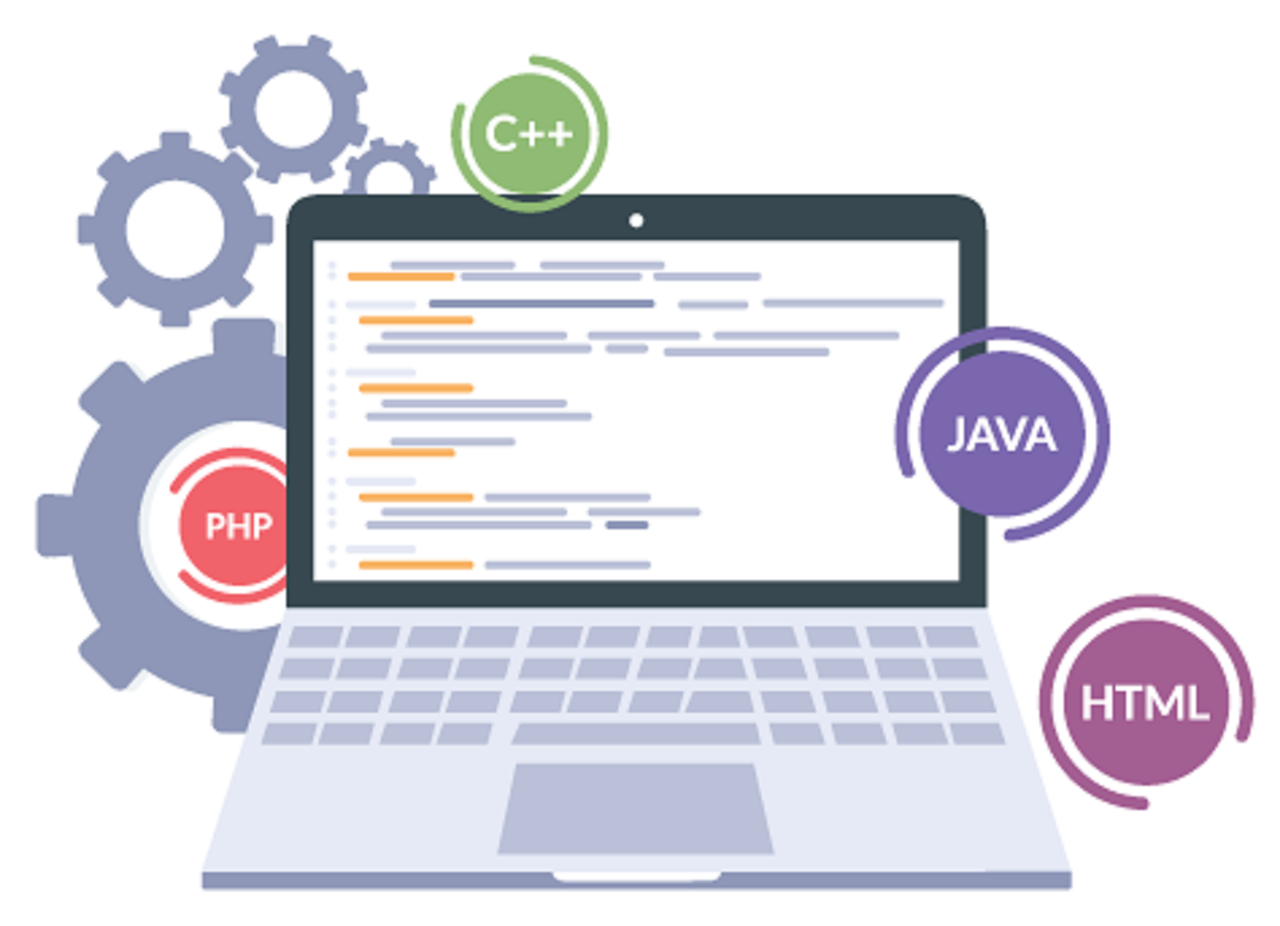August 8, 2023. As technology continues to evolve, IT teams must also be positioned accordingly. Low-code/no-code solutions and the involvement of technically interested business users open up countless new possibilities.
Categories
August 8, 2023. As technology continues to evolve, IT teams must also be positioned accordingly. Low-code/no-code solutions and the involvement of technically interested business users open up countless new possibilities.

Categories
Tags
Contact info
Silicon Saxony
Marketing, Kommunikation und Öffentlichkeitsarbeit
Manfred-von-Ardenne-Ring 20 F
Fax: +49 351 8925 889
Contact person:

Leaders around the world faced enormous challenges in the first half of 2023. From budget adjustments due to the recession to rapid advances in artificial intelligence (AI) and the IT landscape. Now that the “Great Resignation” – the phenomenon of mass voluntary resignations – has given way to the “Great Stay” and employees are consciously foregoing a career change, managers must also ensure that their workforce is in the best possible position. Even companies with a more traditional management style have recognized that they need to put their departmental structures to the test and implement strategic changes. This is the only way they can succeed in the current economic climate, equip their companies for the future and, more importantly, support a workforce that creates innovation at all levels.
However, this is easier said than done. Executives are always looking for new ways to implement new requirements. One option in particular stands out: low-code/no-code. Low-code/no-code offerings can help close technology skills gaps by putting employees without technical backgrounds to work in development and implementation processes. In addition, low-code/no-code is a cost-effective way to make the best use of employees’ skills and involve employees from different areas of the company. This approach also provides an opportunity to address technical competencies and free up traditional developers to focus on new ideas and innovation.
When considering what low-code/no-code might look like in the workplace, companies must consider several important factors and avoid mistakes. Only then can they integrate end users who become developers into the team structure and provide a breath of fresh air in IT departments.
“Citizen Developers” – not developers in the traditional sense
Citizen developers are business users with basic technical knowledge who develop new business applications or modify existing applications outside of IT departments. They often have no background in software development and work in customer service, human resources, and project management. As such, they bring their own unique perspectives and ideas to the technology and service industries. Although Citizen Developers are often thought of as developers, this is not the case. Because these business users belong to other areas of the business, their insights allow them to optimize processes that developers are often unfamiliar with. Technically savvy end users should not be viewed as a substitute for developers. Although they can improve processes in certain areas of the business, they are not able to make up for technical skills shortages.
When the skills of these employees are leveraged, there are tremendous benefits: By reducing skills shortages, developers are freed up; companies can pursue new ideas and tap into innovative strategies; and they bring many new perspectives to the IT industry, which still often lacks diversity. To take advantage of low-code/no-code solutions, companies need to understand how business users can best contribute their skills. These employees have special insights into operational requirements, creativity and the IT skills needed to drive innovation.
More innovation through generative AI
Studies from Gartner show that 61 percent of companies have already conducted or plan to conduct development projects with tech-savvy end users. That’s good news, because the skills gap at companies continues to grow. With not enough graduates to fill this gap, business users with IT skills can support many departments. As more companies adapt to this shift, they must also prepare for the rapid evolution of generative AI, which will impact the day-to-day work of business users and professional developers.
Generative AI is constantly evolving – making complex programming processes more accessible. In that sense, generative AI is a low-code tool. Citizen developers will be able to use generative AI platforms to take on even more complex tasks. Experienced computer scientists and data scientists will thus be able to focus on topics that require a deep understanding of systems and processes. When tech-savvy end users use their skills to support IT teams and traditional software developers on strategic projects, organizations can benefit from increased productivity and employee satisfaction. One thing is certain: low-code/no-code tools such as platforms based on model-driven development, automated code generators and graphical programming languages foster innovation, empower the workforce and help overcome skills shortages.
Low-Code/No-Code: Seizing Opportunities
Low-code/no-code solutions are relatively easy to train and implement. Employees from a variety of backgrounds – whether or not they have the appropriate training – can quickly get started with programming. Access to learning and development opportunities such as low-code/no-code training opens up new career opportunities for the existing workforce and can motivate interested employees to acquire development skills and make a significant contribution to the company. When employees feel that their interest in expanding their roles and responsibilities is being met with receptive ears within the company, they find their roles more fulfilling and feel more connected to their work – and that has a positive impact on employee retention.
Focusing on new learning and training opportunities may not seem like an easy undertaking at first glance – but the benefits are limitless. SAP recently held SAP Builder Day, where interested participants from numerous industries learned about the concept of low-code software development through hands-on examples. Learners used SAP Build Apps, SAP Build Process Automation and SAP Build Work Zone to create end-to-end processes that integrate with SAP S/4HANA. As part of this program, dozens of users were able to expand their technical knowledge and take a closer look at the possibilities of low-code/no-code offerings.
To introduce low-code/no-code strategies in the company, training for all knowledge levels – from beginners to advanced – is the ideal entry point. It is also advisable to give interested employees time for training in their daily work routine. When the focus is on employee training and development, it has the greatest impact for teams.
Rose prospects for the fast-paced IT industry
Technology is constantly evolving. That’s why it’s important for IT teams to be appropriately equipped to evolve as well. With low-code/no-code solutions and the involvement of technically minded business users, countless new opportunities are opening up. Employees from a wide variety of backgrounds are joining the digital transformation journey across the industry. Including tech-savvy end users on teams allows companies to provide more diversity within their workforce and drive strategies in a new direction. In addition, these expert users can ease the burden on developers who can’t absorb the growing skills shortage on their own, helping to protect against burnout in the workforce.
– – –
Photo: pixabay